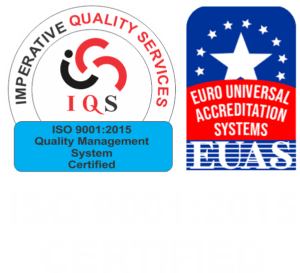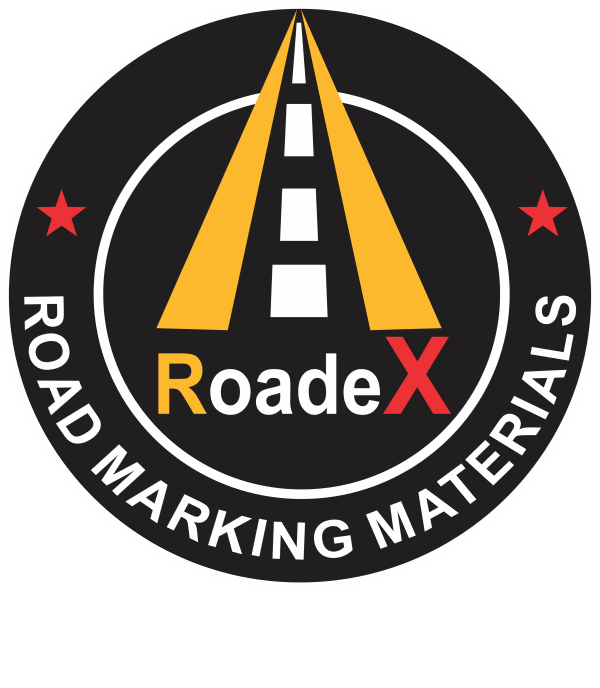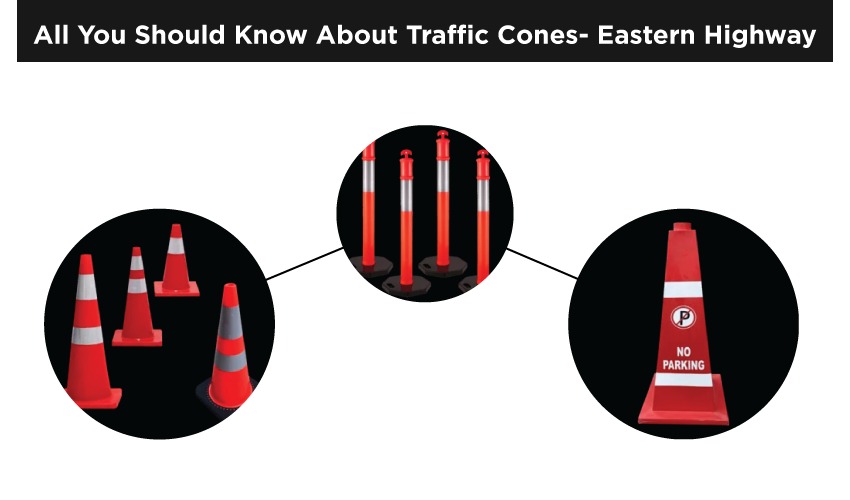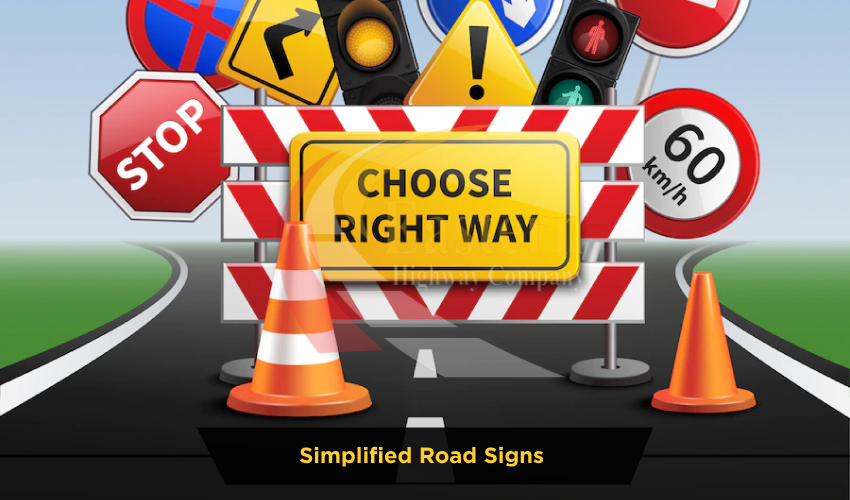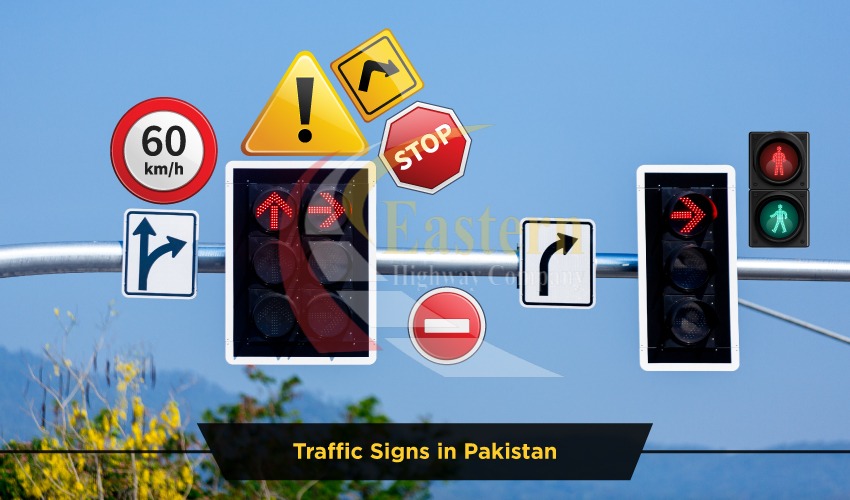Traffic safety is extremely important for many reasons, as it protects many people’s lives every day. We are in danger whenever we step onto the street, whether as a driver, passengers, or pedestrians. Following the rules and regulations will help you minimize the risk of getting into an accident or having an injury. These policies, including following speed limits, wearing seat belts, and avoiding distractions, even while driving, are designed to keep every person safe.
Traffic safety is essential for maintaining order and efficiency on the roads while prioritizing the protection of both children and adults. When individuals follow the rules and consider the safety of others, it helps create a safer environment for everyone.
Let’s explore this topic further!
How Does Traffic Safety Save Lives?
Traffic safety products are essential for keeping everyone safe while using roads and streets. Safety measures, such as following traffic laws and regulations, play a crucial role in protecting both drivers and pedestrians. For example, following speed limits, using turn signals, and being mindful of pedestrians significantly reduce the risk of accidents.
When drivers, cyclists, and pedestrians follow these safety practices, the potential for injuries, accidents, and fatalities is minimized. Prioritizing traffic safety ensures that everyone can travel from one destination to another with peace of mind.
Additionally, traffic safety measures do more than just protect individuals. They contribute to the overall well-being of communities by creating a safer environment on the roads. Safer roads lead to fewer accidents, which, in turn, reduces the strain on emergency services, lowers healthcare costs, and ensures smoother traffic flow. This creates a more pleasant and stress-free experience for all road users, making communities more livable and promoting public health.
Why Does Following Traffic Rules Matter?
Adherence to traffic guidelines is essential, as it serves as a critical framework for stopping accidents and ensuring the smooth movement of visitors. When drivers follow the guidelines, such as stopping at red lights, yielding to pedestrians, and keeping a safe distance between cars, it greatly reduces accidents.
Ignoring these regulations will even increase the risk of injury and endanger not only those who violate them but also others who share the street. For example, failure to signal, even when changing lanes, can confuse and cause injury in a side-swipe. Visitor awareness and compliance are therefore essential to stopping injuries and minimizing road hazards.
The Importance of Traffic Safety for Drivers and Pedestrians
Traffic protection is essential for every driver and pedestrian, as it allows to protect every person on the street. For the safety of passengers, drivers have to be careful while driving. By obeying speed limits, keeping the right distance, and being aware of road signs and symptoms, drivers can reduce the risk of injury and accidents.
Similarly, pedestrians must follow crossing signals, check both sides before crossing, and avoid distractions when walking near visitors. When drivers and pedestrians work together to prioritize safety, it creates a harmonious environment. Everybody can travel with confidence and peace of mind. Investments in infrastructure upgrades, along with the inclusion of pedestrian crossings, the introduction of traffic lighting, and the enforcement of visitor reassurance measures, contribute to creating a safer environment for both drivers and pedestrians.

How Do Traffic Safety Measures Keep Us Safe?
Efforts to make roads safer include introducing various safety measures to reduce accidents and maintain order. These measures consist of the proper installation of visitor signals, street signs and flags, and markings for manual drivers and pedestrians. Improving infrastructure, along with building barriers and adding lighting in high-risk areas, helps to increase street safety.
In addition, the advancement of the era caused the improvement of modern safety features in automobiles, such as computerized braking structures and lane departure warnings. These technological improvements complement traditional measures to protect site visitors by introducing additional levels of safety for drivers and passengers.
What Role Does Road Traffic Safety Play in Different Zones?
The safety of roads is very important for the protection of the lives of people in all the zones, whether it is an urban, rural, residential, or school zone. Accidents are bound to occur commonly in areas where there is much traffic. Therefore, safety features like speed bumps, traffic light signals, and pedestrian crossings are vital. In many urban regions, there is a likelihood of the occurrence of traffic incidents. It happens due to vehicles, cyclists, and pedestrians. Therefore, the necessity of traffic safety to minimize traffic accidents and associated fatalities.
In the rural zones, there could be less traffic congestion. However, the roads may be bad, you find that traffic accidents may involve high speeds. Wild animals cause havoc on the rural roads which are expected to be fixed through signs and road construction.
The residential areas need certain precautionary measures, such as the installation of speed bumps and restrictions on the maximum speed. These areas focus on reducing speeds to make the areas safe for the inhabitants.
Due to the high population of young children that is normally observed within school zones requiring enhanced measures. It involves reduced speed and crossing guards among others. These are useful to enhance the protection of the children while in school.
How it Helps in Different Zones
Road traffic safety plays a crucial role in ensuring that different areas or zones are secure and efficient for all road users. Various zones require unique traffic safety measures to meet their specific needs and protect the people who use them.
Residential Zones:
In residential areas, traffic safety focuses on protecting pedestrians, cyclists, and children who are often playing or moving around. Speed limits are generally lower in these zones to minimize the risk of accidents. Traffic calming measures, such as speed bumps, signage, and pedestrian crossings, are often implemented to ensure that drivers remain cautious.
Key Measures: Lower speed limits, designated crosswalks, speed bumps, and proper lighting to enhance visibility, especially at night.
School Zones:
School zones are high-risk areas due to the presence of children, often moving unpredictably. Traffic safety measures here are designed to prevent accidents during school hours when children are entering and exiting the area.
Key Measures: Reduced speed limits, crossing guards, flashing lights, and clear signage to remind drivers to slow down. Fines for traffic violations in these zones are often higher to deter reckless driving.
Highways and Expressways:
On highways and expressways, the focus shifts to managing higher-speed traffic. Here, road traffic safety measures are designed to ensure smooth flow and minimize high-speed collisions.
Key Measures: Proper lane markings, signage, and guardrails help keep traffic flowing smoothly. Speed limits are enforced, and drivers are encouraged to maintain safe distances between vehicles. Additionally, emergency lanes are provided for breakdowns or accidents. Sign boards play an important role on motorways.
Construction Zones:
Construction zones are dangerous due to ongoing work, heavy machinery, and altered road layouts. Traffic safety in these areas is crucial to protect both workers and drivers.
Key Measures: Clear signage warning of roadwork, temporary speed limits, and barriers to separate the work area from traffic. Often, flaggers or temporary traffic signals are used to direct vehicles safely around the zone.
Commercial Zones:
In commercial areas with heavy foot traffic, such as shopping centers and business districts, traffic safety measures focus on controlling the flow of both vehicles and pedestrians. The goal is to prevent accidents in busy areas where distractions are common.
Key Measures: Well-marked pedestrian crossings, traffic signals, designated parking zones, and clear signage help prevent accidents. Reduced speed limits and traffic lights are also crucial for regulating traffic in these areas.
Rural Zones:
Rural zones present unique challenges due to less frequent signage, longer stretches of road, and the potential presence of wildlife or farm vehicles. Traffic safety measures here aim to protect drivers from unexpected obstacles and encourage safe driving in less monitored areas.
Key Measures: Warning signs for sharp turns, animal crossings, and slower-moving farm vehicles. Reflectors and proper lighting can help with nighttime visibility.
Overall Benefits of Road Traffic Safety in Different Zones
- Reduces Accidents
- Encourages Compliance
- Protects Vulnerable Users
By understanding the role of road traffic safety, we can create safer environments that accommodate the specific risks of each area.
To conclude, reduction in traffic ensures that everybody, including drivers and pedestrians, remains safe on a road or street. Following the speed limit rules, using indicators, and looking out for pedestrians while on the road can greatly help lessen the chances of unfortunate incidents. Therefore, helping to minimize the number of fatalities. When everybody takes care and obeys traffic rules on the road, it creates an overall good atmosphere where every person can drive without any tension.

